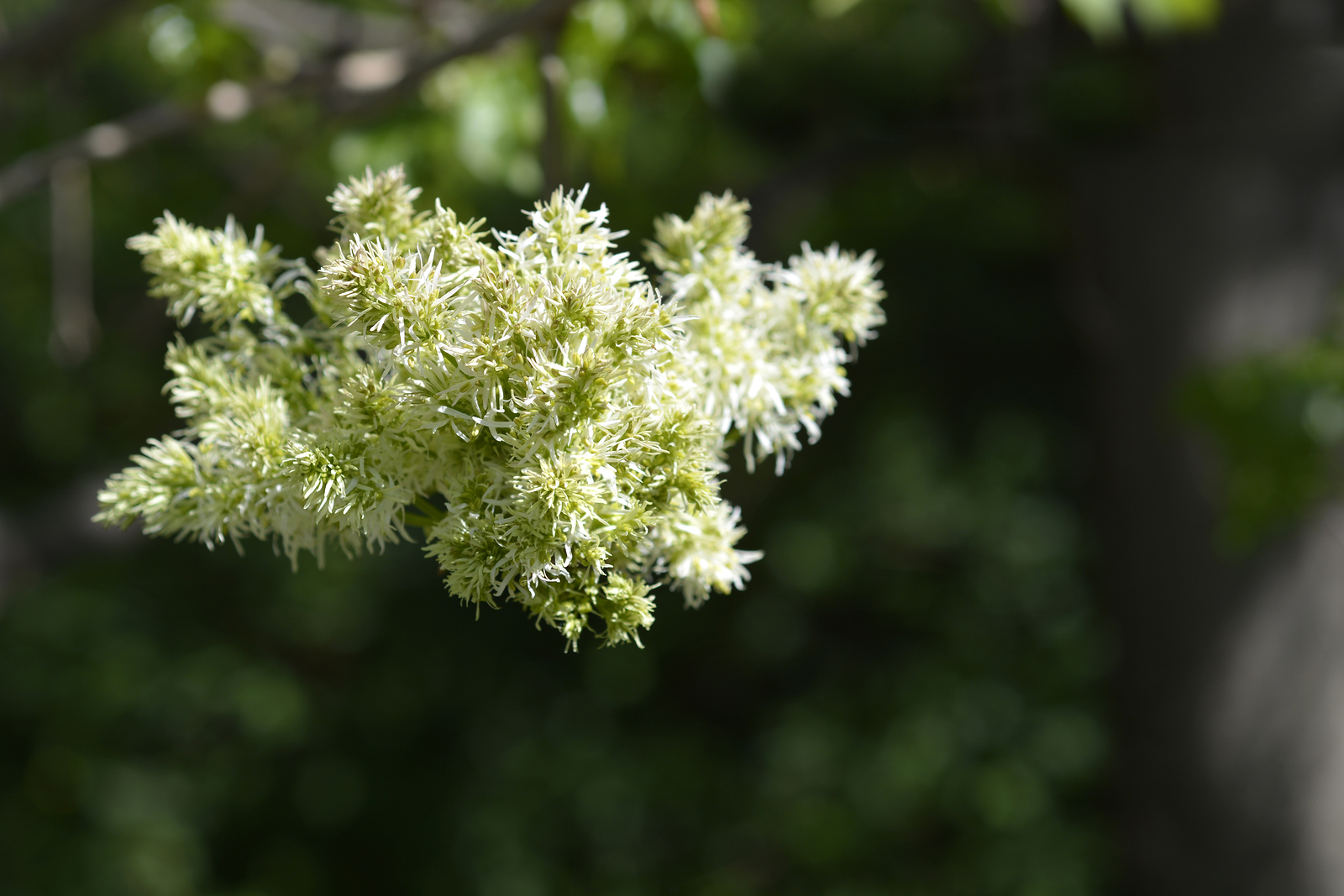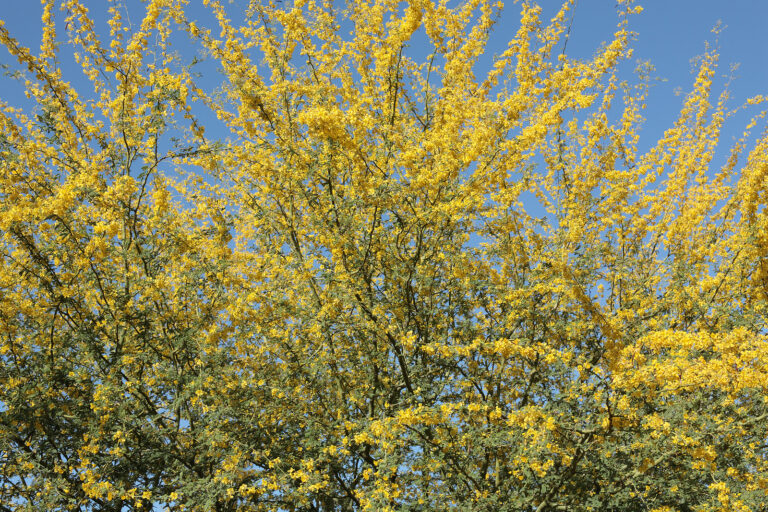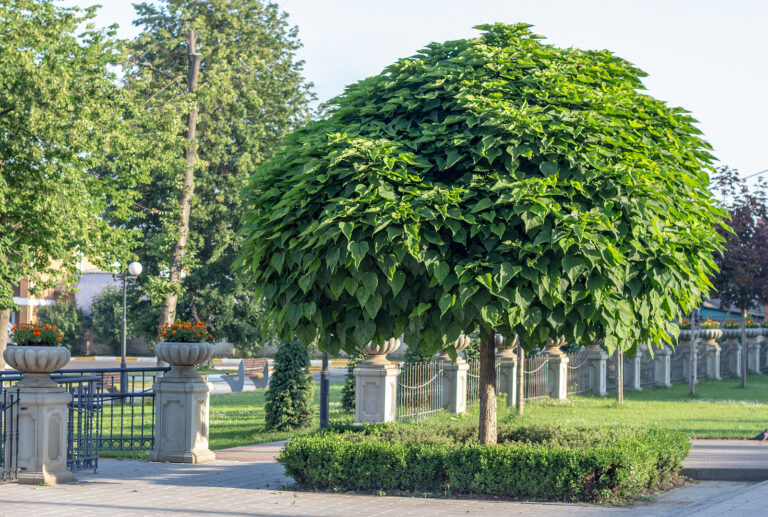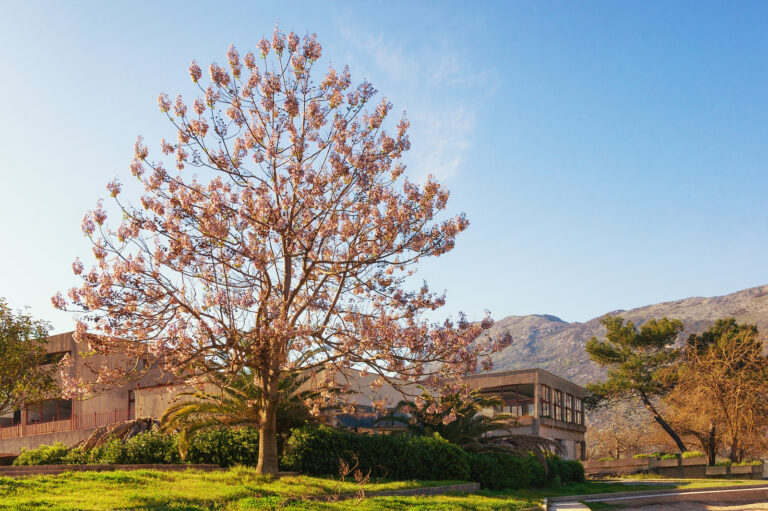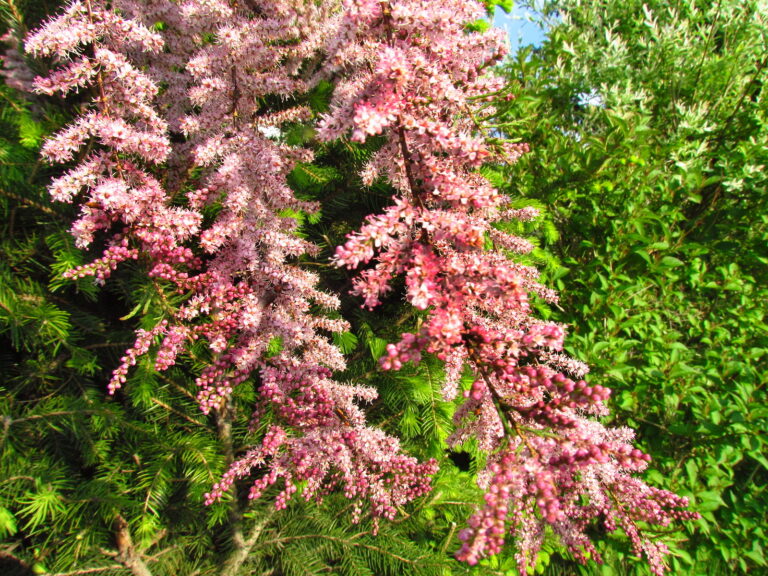How to Grow Flowering Ash – Fraxinus
Flowering ash, Fraxinus, is a round-headed deciduous tree. It bears dark green leaves to 8 inches (20cm) long; the leaves turn purple-red in autumn. In spring and early summer, the flowering ash produces larger terminal panicles of fragrant, creamy-white flowers.
Ash is the common name for the genus Fraxinus, a group of hardy deciduous tree of moderately rapid growth. There are about 65 species of ash. They are woodland trees native to North America, Europe, and Asia.
Ash leaves are opposite and pinnately compound. Fruits follow flowers; they are single winged seeds that ripen from green to tan and can make a mess when they drop. Seedless cultivars are available and are preferred for most landscapes.
Plant ash in full sun in deep, evenly moist soil. Ash can tolerate brief flooding and slight drought. Frost cracking can be a problem in exposed sites in cold-winter regions.

Get to know Ash – Fraxinus
- Plant type: Deciduous tree
- Growing Zones and range: Zones 6 to 7
- Hardiness: Hardy
- Height and spread: Flowering ash grows to 60 feet (18m) tall and nearly as wide; other varieties grow larger (see below).
- Foliage: Pinnate, dark green leaves to 8 inches (20cm) long; in most species leaves are divided into leaflets
- Flowers: Fragrant white flowers on terminal panicles; male and female flowers which are generally inconspicuous in clusters grow on separate trees in some species and grow on the same tree in other species; flowers are often followed by clusters of single-seeded, winged fruit; when flowers are on separate trees, the fruit will appear on the female tree only if it grows near a male tree.
- Bloom time: Early to late spring
- Uses: Specimen, woodland garden, street tree
- Common name: Flowering Ash
- Botanical name: Fraxinus ornus and other species (see list below)
- Family: Oleaceae
- Origin: Southern Europe, South-western Asia
Where to plant Ash – Fraxinus
- Grow ash in full sun.
- Plant ash in deep, loamy, humus-rich, moisture-retentive, well-drained soil. Ash tolerate lime.
- Ash trees can tolerate brief flooding and slight drought.
- Ash trees prefer a soil pH of 4.0 to 7.0.
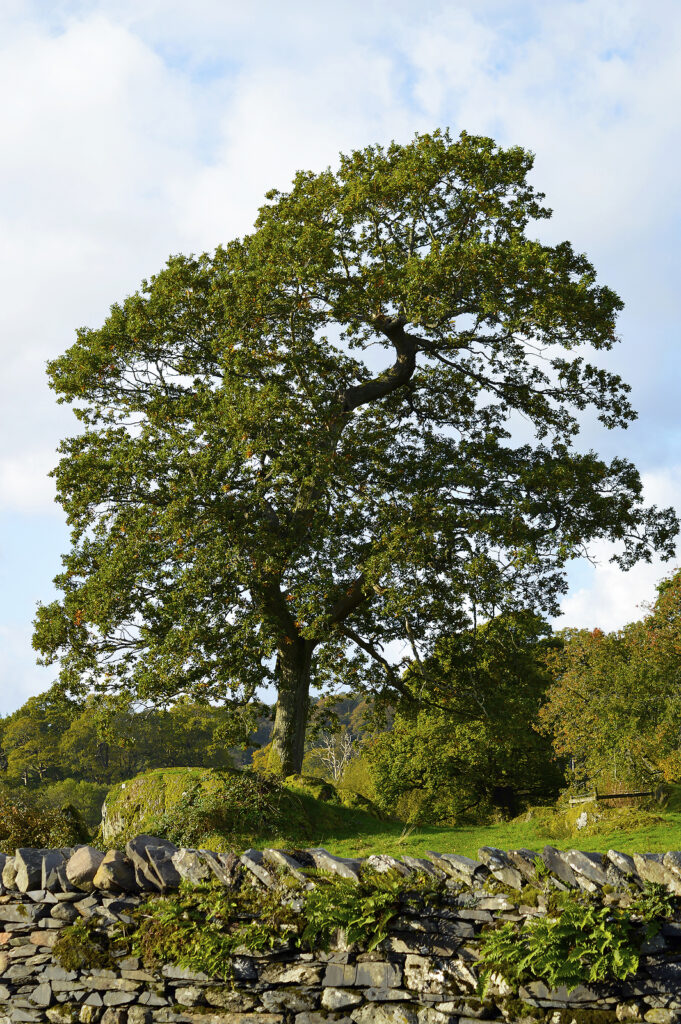
When to plant Ash – Fraxinus
- Plant container-grown ash trees in spring or fall.
- Plant ash trees where the roots will not be disturbed.
Planting and spacing Ash – Fraxinus
- Space flowering ash 50 feet (15m) apart; grow to 50 feet tall and wide.
- Spacing of ash trees can vary with variety; see list of varieties below with height and spread information.
How to water and feed Ash – Fraxinus
- Deepwater ash trees. Adequate moisture, especially during summer, will help keep trees healthy,
- Add aged compost to the dripline at least once a year
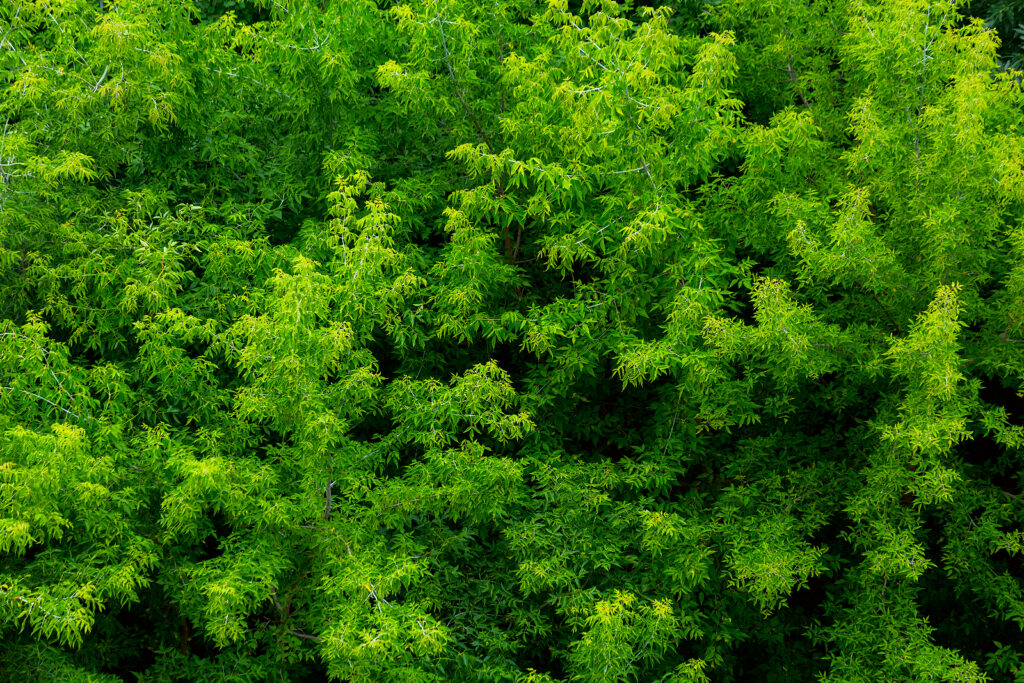
Ash – Fraxinus care
- Prune ash in fall as necessary. Generally, ash trees do not need pruning.
- Mulch around ahs tree with aged compost to keep the soil evenly moist.
Ash – Fraxinus common problems
- Scale, borers, and fall webworms may attack ash.
- Leaf rust, leaf spot can attack ash trees. Dieback, also called ash yellow disease, can be serious.
- Avoid overfeeding ash; too much nitrogen produces succulent growth which can attract pests.
- Frost cracking can be a problem in exposed sites in cold-winter regions. To prevent branch cracking, prune branches when young for a strong form.
Ash – Fraxinus propagation
- Species can be raised from seed, but it can take 18 months for seeds to germinate.
- Cultivars are best grafted in late winter or in spring. Ash trees are easy to graft, but the graft site may produce an unsightly bump.
- Sow seed in fall.

Ash–Fraxinus Varieties to Grow
- Fraxinus americana, white ash: Pyramidal or oval form when young, become rounded with age; fast-growing to 50 to 80 feet tall and wide; leaves emerge in late spring; leaves are made up of five to nine dark blue-green, sparsely toothed oval leaflets; fall color is vivid yellow, orange, and maroon; flowers are inconspicuous; bark is furrowed and gray; grow Zones 4-9.
- F. angustifolia: Narrow-leaved ash, grows to 80 feet tall with rounded form; the cultivar ‘Raywood’ is a recommended street and yard tree to 70 feet tall.
- F. excelsior, European ash: Fast-growing to 120 feet (36m) tall with deeply incised bark; wide-spreading surface roots and should not be planted close to walls, paths, or buildings; grow in Zones 5-8.
- F. ornus: Round-headed tree grow for dense panicles of fluffy, scented, creamy-white flowers that are produced in early summer; grows to 26 feet tall and 20 feet wide (8x6m) after 20 years, ultimately can grow to 60 feet (18m) tall.

